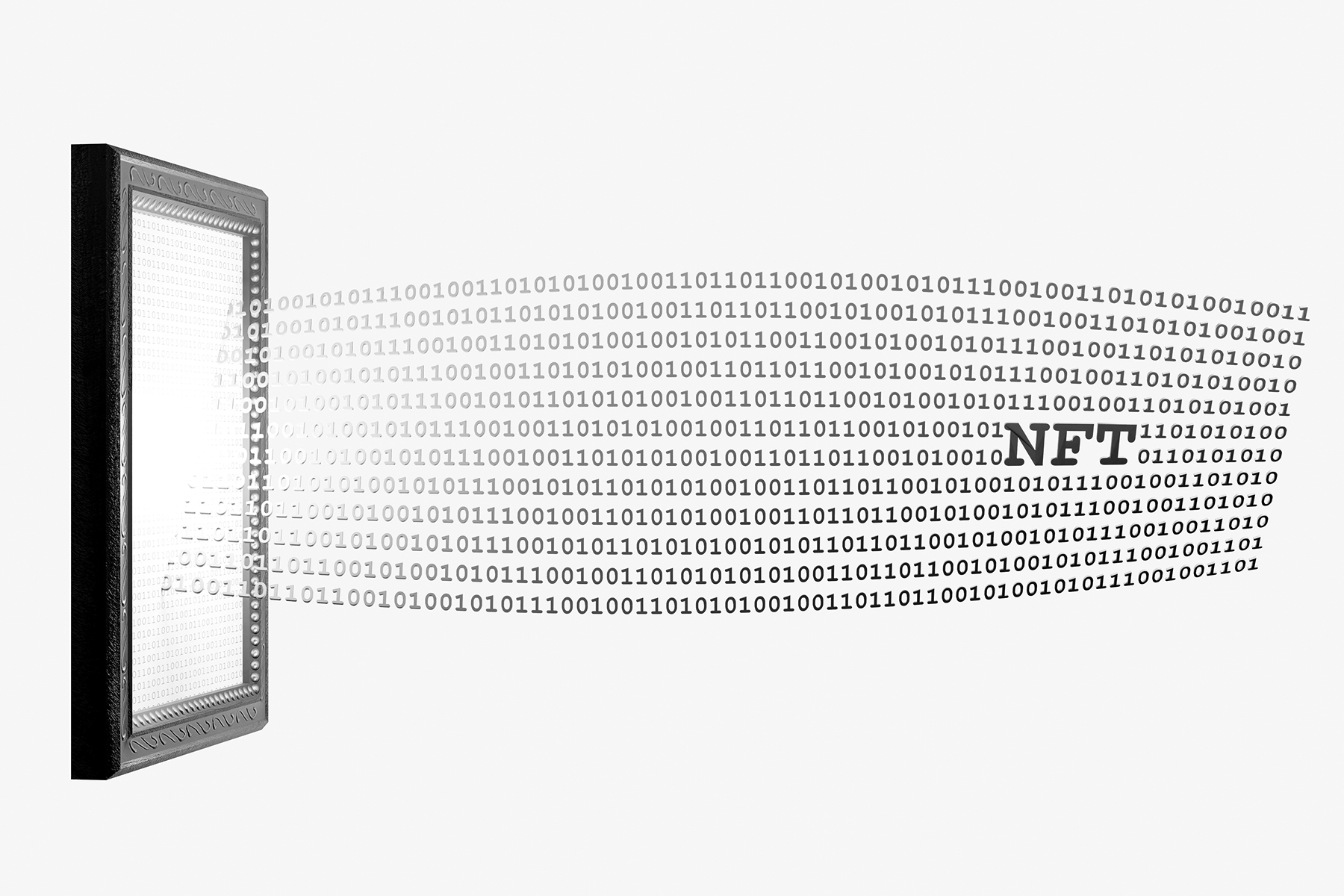Welcome,
Hype is fun, but real usefulness is what makes a technological innovation stick.
Stephen Davies – stock.adobe.com
Opinions expressed are solely those of the author and do not reflect the views of Rolling Stone editors or publishers.
It was inevitable. With the emergence of any new technology, innovation or major platform, comes the excitement, the rush to understand and profit. What soon follows are the scams, frauds and loss through ignorance and then righteous indignation. There’s a lot of naysaying and prognosticating. Then, usually, as the new thing or way becomes clearer — its value apparent — the utility and durable nature (if it has them) become clear too.
In February 2021, Mike Winkelmann (aka Beeple) sold his eponymous “Everydays: the First 5,000 Days” NFT at auction for $69 million. At that moment, the cultural lens pivoted and suddenly everybody was hearing the acronym NFT. The art was what was visible at that moment, both by Beeple and others, and a quick succession of seven-digit auctions quickly earned the full attention of the art market. Cue a rush of art, some of it amazing, some of it blatantly ripped off, and some of it perhaps fitting into the category of “meh.”
The art craze found itself alongside another NFT-based hot trend, PFP. PFP is “picture for proof,” and it’s a Web3 acronym that refers to avatars. Here’s where we find Bored Apes and CryptoPunks. Somewhere between a collectible and membership in a private club, PFP-based NFTs became a sort of investment vehicle and attracted a lot of attention.
blogherads
.defineSlot( ‘medrec’, ‘gpt-dsk-tab-article-inbody1-uid0’ )
.setTargeting( ‘pos’, [“mid-article”,”mid”,”in-article1″,”mid-article1″] )
.setSubAdUnitPath(“culture-council/article/inbody1”)
.addSize([[300,250],[620,350],[2,2],[3,3],[2,4],[4,2],[640,250]])
;
});
These two use cases, art and avatars, became such a focal point of conversation and action that people not active in Web3 began to think that this was what an NFT was. Of course, that’s not the case.
Let’s make this simple: An NFT is a certificate of authenticity that exists on a blockchain. It verifies in a secure way that this one is the one. What it gets attached to can be anything: digital art, physical art, experiences, membership in a community, provenance for legal documents like deeds — anything. The NFT is not the thing; it is the confirmation of credibility for that thing. This is where the NFT discussion gets deeply interesting.
The Rolling Stone Culture Council is an invitation-only community for Influencers, Innovators and Creatives. Do I qualify?
Hype is fun, but real usefulness is what makes a technological innovation stick, and NFTs are incredibly useful. Let’s look at what is shaping up to be the new hyped topic for NFTs: music. From the perspective of artists controlling their work and their market, NFTs are causing shockwaves in the industry. NFTs afford artists an amazing way to monetize their own work and establish their own rules regarding what can happen with their work. This is a boon to the culture of the music business, but it is also a fascinating mechanism for creating more value around work, as well as transforming a passively consuming audience into a generator of more work and more value.
The smart contract, the mechanism by which this control is achieved, is a fundamental part of NFTs. This code is at the heart of an NFT and what is in it can be defined by the person who mints the NFT. At its simplest level, it affords artists a means to participate in the aftermarket. If I was wandering the used aisles at Amoeba Music, none of the money I spent would get back to the artist. Used music and the secondary market weren’t accessible, much as the labels would have loved to figure out a means.
But with a smart contract attached to music tracks, if I decided to resell those tracks after purchasing them, the smart contract can stipulate a percentage that goes to the artist and automate the process of that happening. This functionality allows rare tracks to become even more valuable, and as they do that, value can accrue back to the artist — a win-win.
blogherads
.defineSlot( ‘medrec’, ‘gpt-dsk-tab-article-inbody2-uid1’ )
.setTargeting( ‘pos’, [“mid-article2″,”mid”,”in-article2″,”mid-article”] )
.setSubAdUnitPath(“culture-council/article/inbody2”)
.addSize([[300,250],[300,251],[620,350],[2,4],[4,2],[3,3],[2,2]])
.setLazyLoadMultiplier(2)
;
});
But the potential goes further. Smart contracts can offer even more flexibility and opportunity. A musician might attach all the individual instrument tracks to an NFT and the smart contract might allow the buyer to be able to legally remix those tracks and post their creations back to the marketplace. Again, in this situation, the smart contract makes sure that the artist gets the lion’s share of revenue, while the fan also gets to make some cash and energize the fan base with new music and remixes. Suddenly the artistic and earning potential for the tracks and the artist multiplies, and it’s all thanks to the medium of control — the NFT.
It is the additional use rights stipulated in the Bored Ape NFT smart contracts that are contributing to their value. If you own a Bored Ape, the NFT attached allows you to use that Ape in all kinds of fascinating and commercial ways. For instance, Adidas bought its Bored Ape to feature it in marketing campaigns. Others have bought sets of Apes in order to use them in film properties. In this way, the whole collection accrues value, and individual ownership doesn’t just give you a clever drawing of a primate. It affords the owner a powerful marketing and communication asset that generates further value.
So, about that NFT art — it doesn’t exist. There is art with NFTs attached to it, and what you think of that art is up to you. But you may want to look deeply at what that NFT gives you when you buy the art. You may find that it’s not just art.
Want more Rolling Stone? Sign up for our newsletter.
Newsletter Signup
Have a Tip?
Welcome,
Follow Us
Alerts & Newsletters
Rolling Stone is a part of Penske Media Corporation. © 2022 Rolling Stone, LLC. All Rights Reserved.



